Yesterday we saw more than a dozen spring flowers in bloom at Little Buffalo State Park.
It’s a wonderful time to take the short walk on the Mill Race Trail at the Day Use Area. The Day Use Area at Little Buffalo has picnic tables, a playground, bathrooms, and access to a few trails.
On the way driving to the park we saw huge stands of Dutchman’s breeches blooming along the rocks on the north-east side of Juniata River in Perry County near Newport, PA.
Mill Race Trail – April 28, 2015
Flowers in Bloom
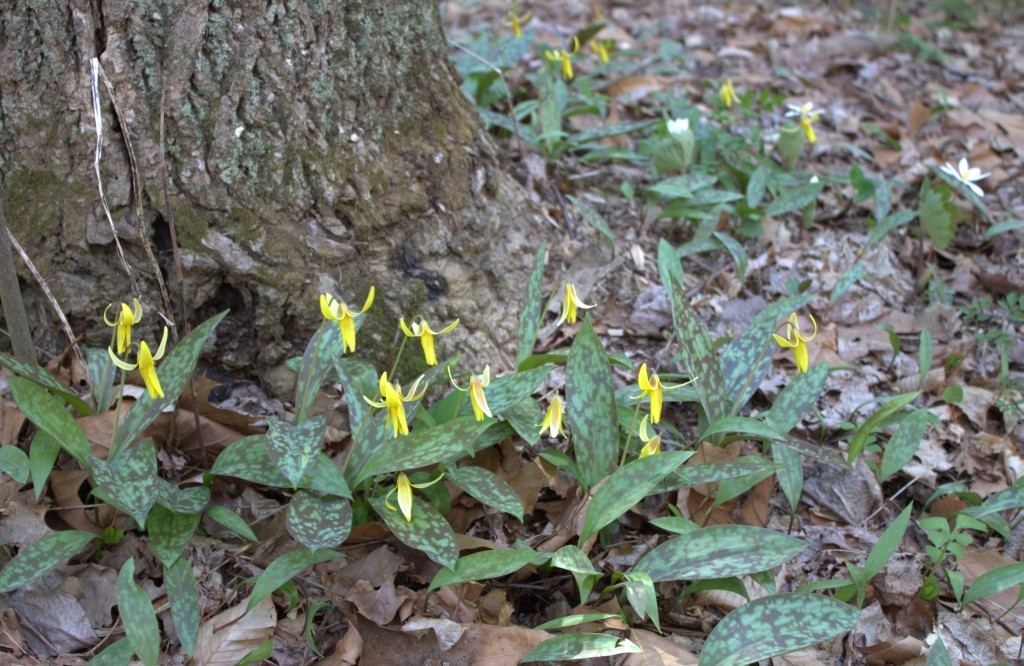
- trout lily
- bloodroot
- hepatica
- spring beauty
- coltsfoot
- spicebush
- corydalis
- miterwort
- cut-leaved toothwort
- common blue violet
- yellow violet
- light blue violet
- dandelion
- mouse-eared chickweed
- Pennsylvania bittercress
- ground ivy
I’m guessing that if you don’t make it to the park to see these pretty spring flowers by this weekend, you’ll miss the hepatica and spicebush. Probably won’t see but a few of the bloodroot in flower.
I saw only one cut-leaved toothwort flowering. It blended in well with a mass of spring beauties, so maybe there were lots of others that I didn’t see.
Flowers in Bud
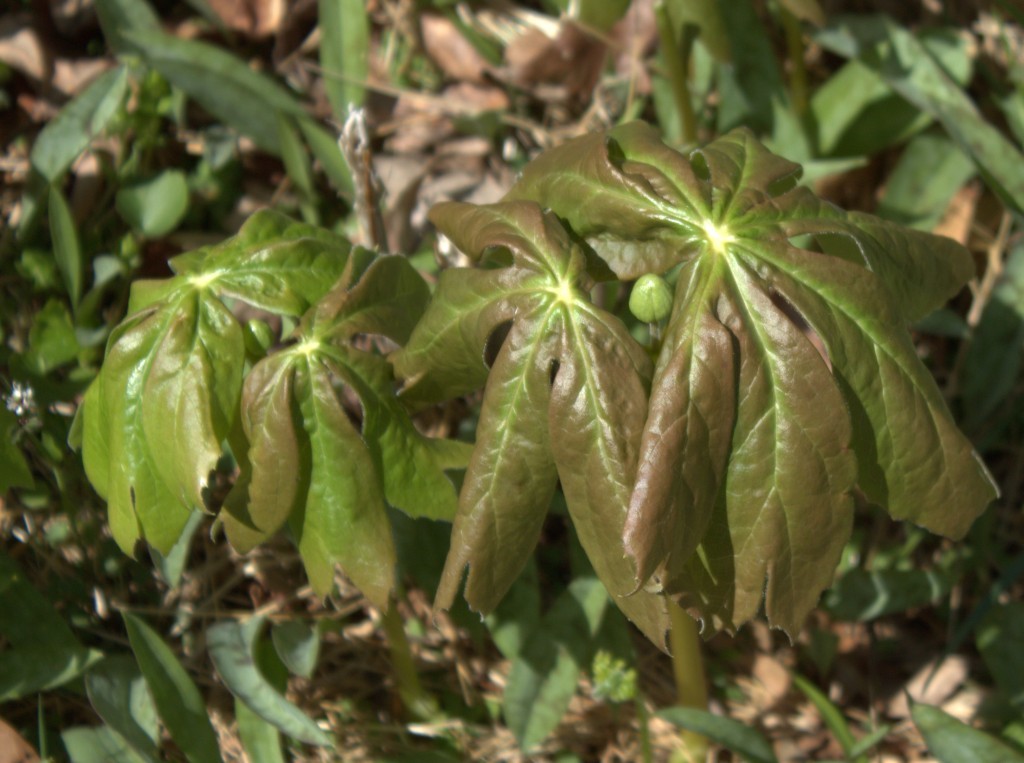
Plants that had flower buds present but not yet open included:
- wild ginger
- mayapple
- Soloman’s seal
- stonecrop
- Japanese barberry
- garlic mustard
The only spring-flowering plant that’s already past the blooming stage is skunk cabbage. You can see its large oval leaves near the creek.
Other Flowers in Bloom
Near houses there were tons of ornamental trees and shrubs in bloom on the way to the park, especially:
- magnolias – white and pink
- ornamental pear – white
- weeping cherry – pinks
- crabapples – pinks
- dogwoods are just starting to bloom pink or white
- forsythia bushes are golden yellow everywhere
On a back road I stopped to see a patch of rue anemone reflecting white with their little green centers.
Our cherry and peach trees are blooming as is the Star Magnolia. Lilac flower buds promise more beauty to come!
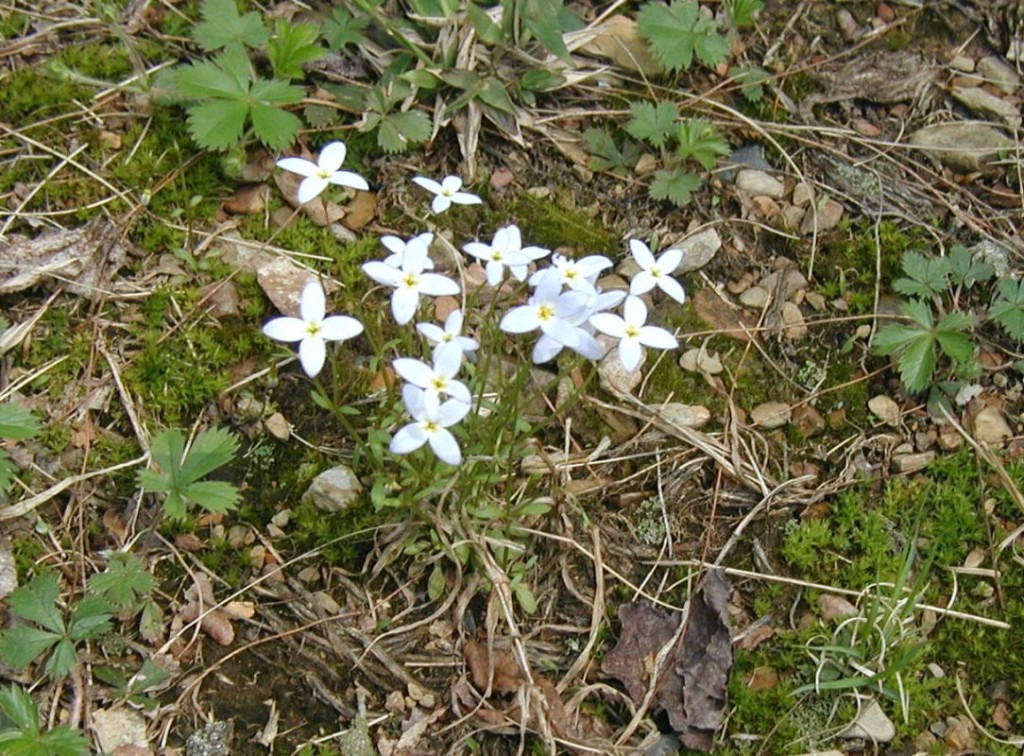
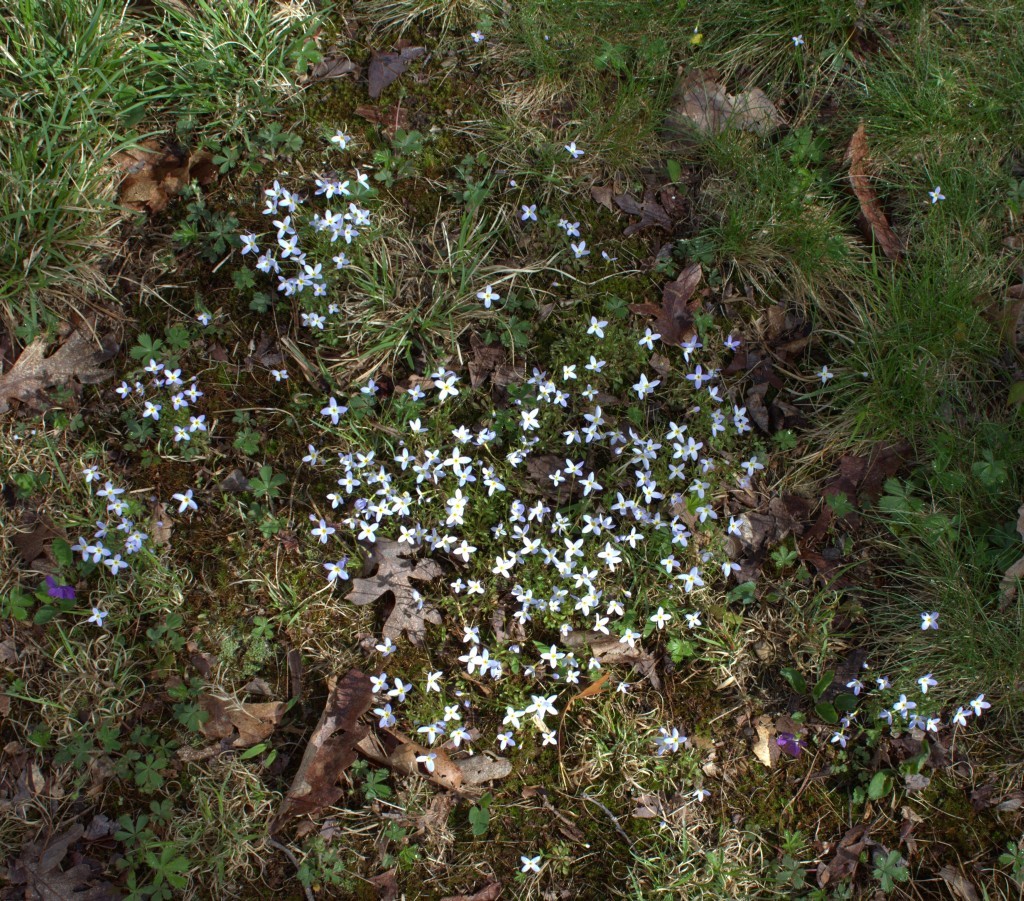

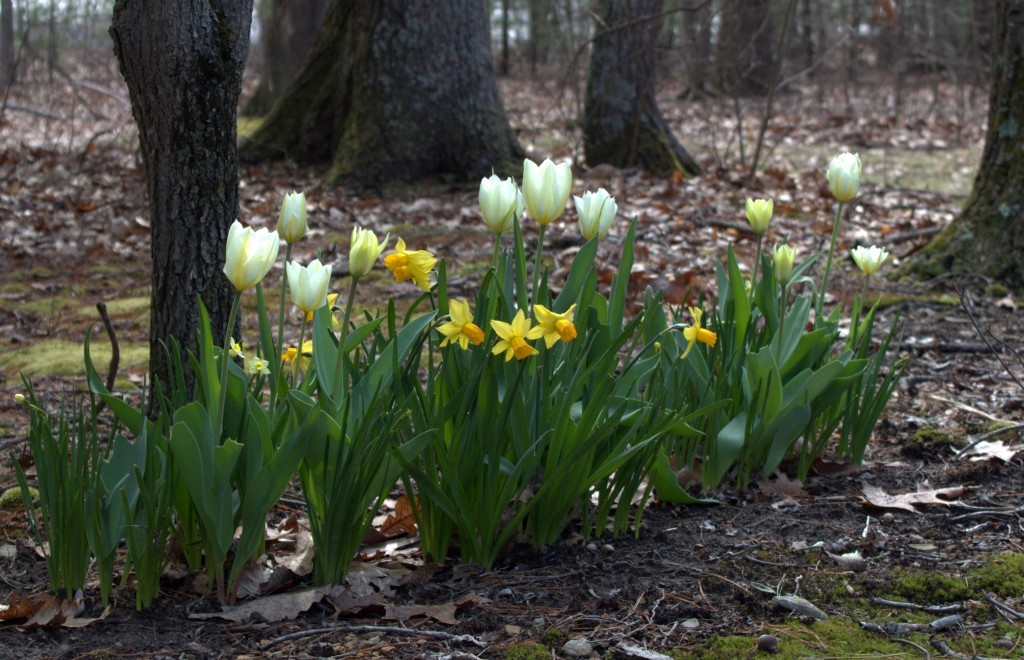
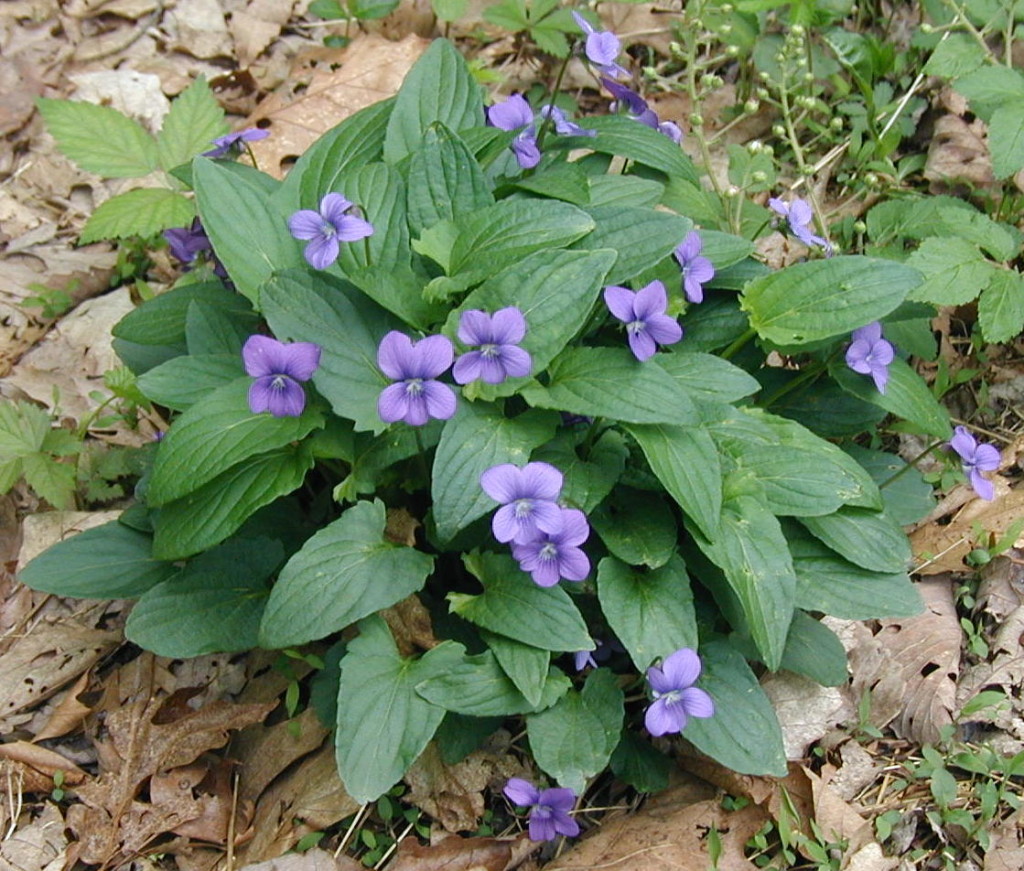

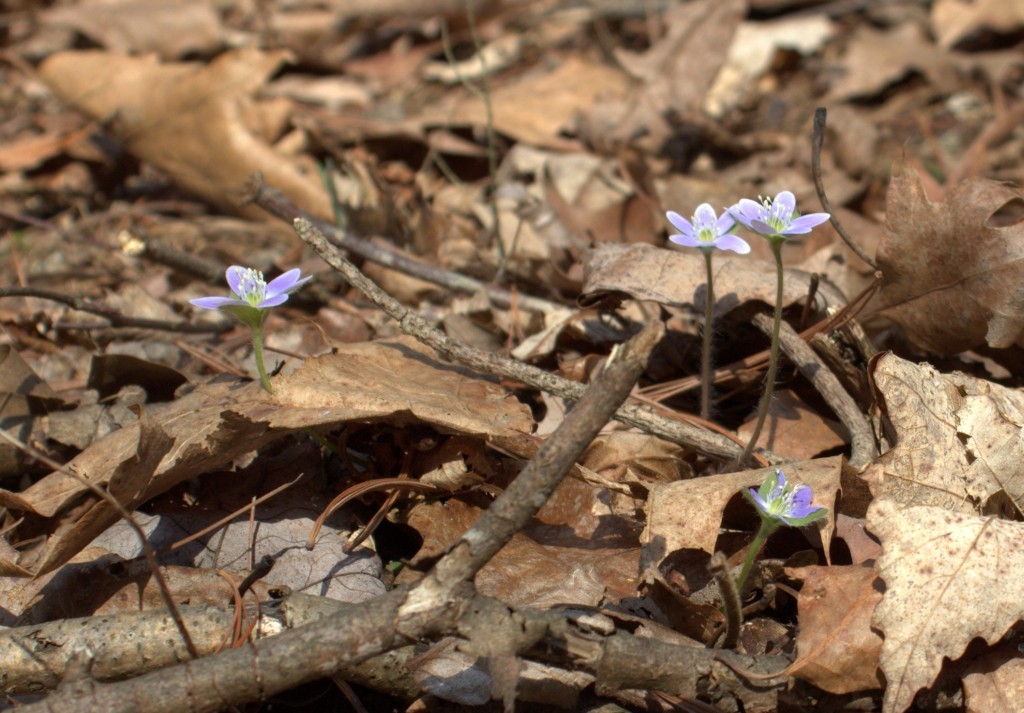


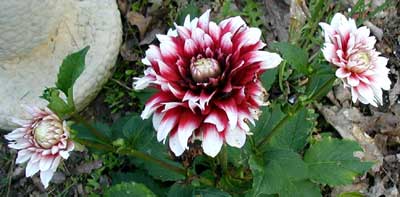
![Cactus speciosissimus lateritius. By Edwards (Edwards’s Botanical Register vol. 19, plate 1596.) [Public domain], via Wikimedia Commons](https://wildeherb.com/wp-content/uploads/2015/04/Disocactus_×_hybridus_Cactus_speciosissimus_lateritius_Edwards’s_Bot._Reg._19._1596._1833b-251x300.jpg)